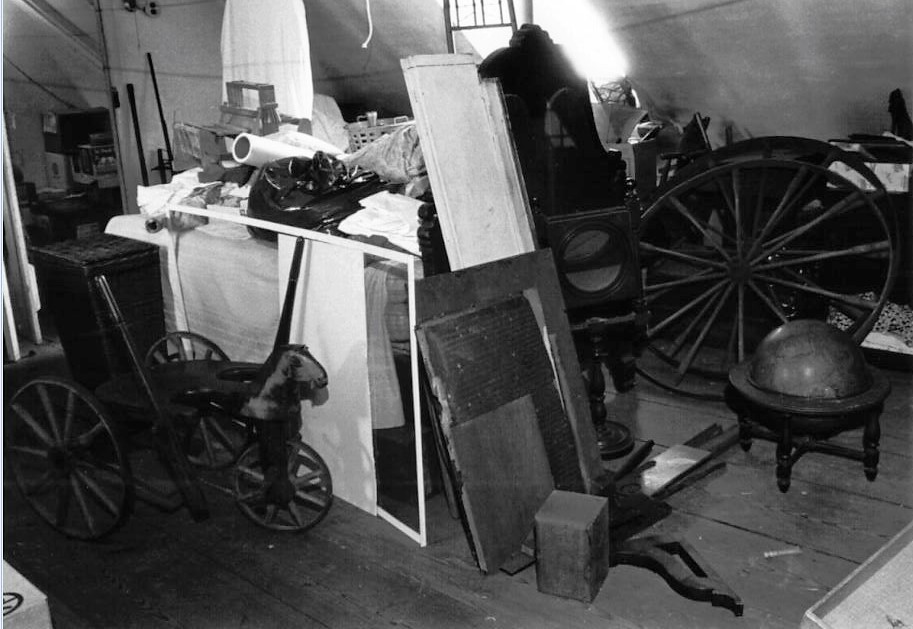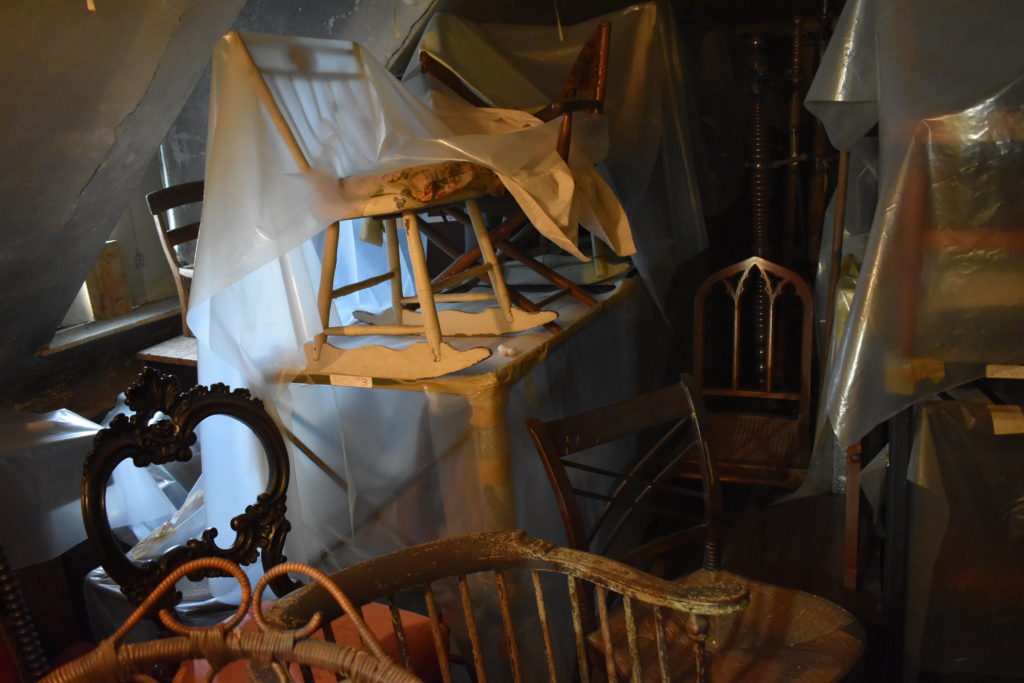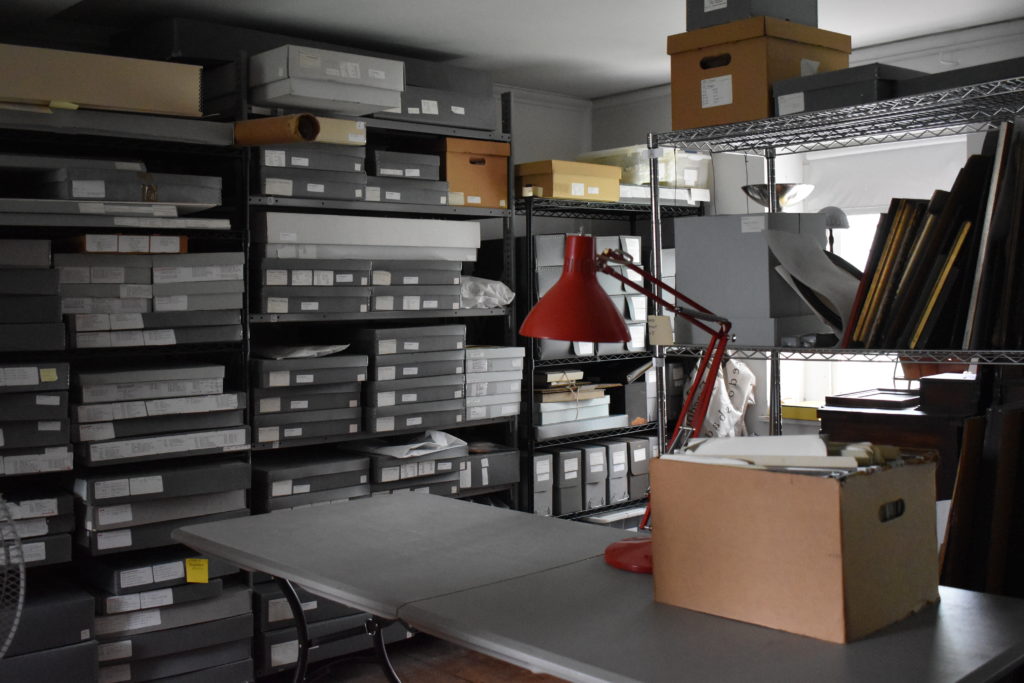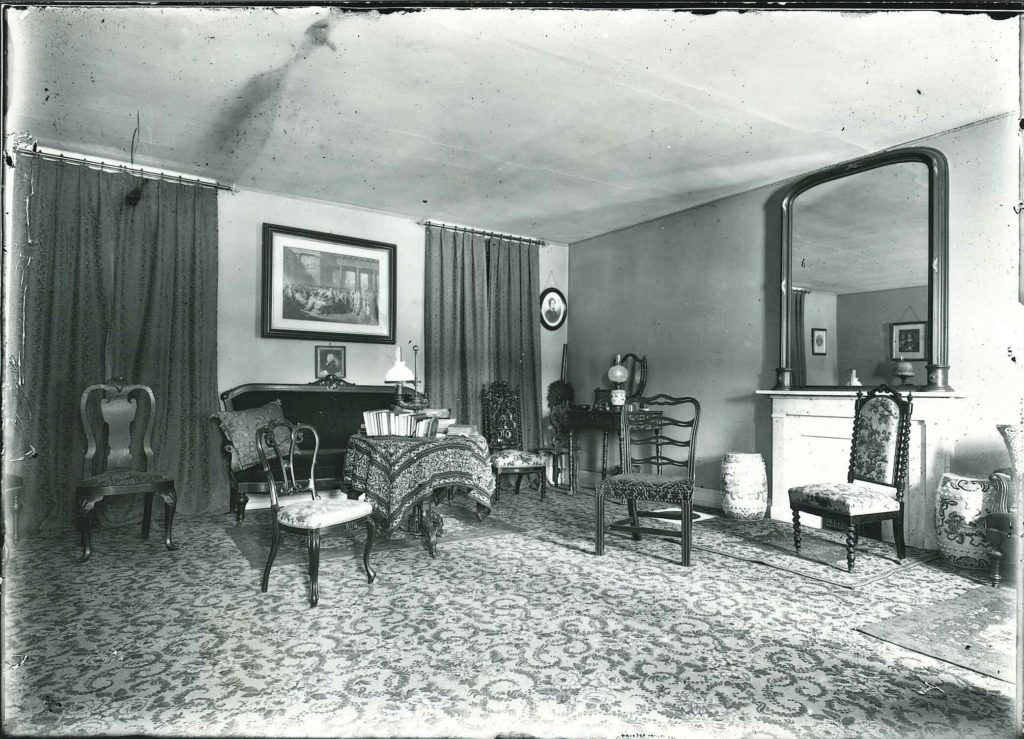On the third episode of The Curiosity Cabinet Sandy Lloyd, Wyck’s board chair and the first curator of the museum in the 1980s, and Randy Frost, a professor of psychology at Smith College who specializes in hoarding behavior, join us to explore why the family who lived at Wyck collected objects that would have, in their time, been deemed trash, in addition to saving more commonly collected items.

Nineteenth-century toothbrushes, torn sheets . . . a box of broken pens? These are just a few of the 10,000 objects that were used and kept at Wyck. Wyck served as the family-home to the Wistar-Haines family for nine consecutive generations. The family held on to their history by keeping nearly every object they encountered – from Duncan Phyfe sofas and Rembrandt Peale portraits to children’s doodles and undergarments. Now, in 2020, thanks to their collecting habits the house is home to a rare and incredibly authentic collection that testifies to 300 years of daily life in Philadelphia.

“You’d open a drawer and it just would explode with stuff . . . like it was breeding overnight.”
Sandra Mackenzie Lloyd, Wyck’s first curator
In the 1970s, when the ninth generation residents moved out of Wyck to turn it into a house museum, they left behind rooms stacked to the ceiling with various objects. In the last five decades these objects have been organized and cataloged into what now resembles a (somewhat) tidy museum collection. The objects are carefully nestled in archival boxes or neatly placed on display.

To assemble a collection like Wyck’s – that is massive and full of ephemeral objects – one must have a hoarding instinct . . . right?
In this episode, Sandy and Randy help us answer this question. Randy identifies some common motivators that lead to hoarding. Sentimentality, fear of wastefulness, and an ability to see the beauty in unlikely objects are some of the most common reasons people collect and hoard. And each of these reasons motivated the members of the Wistar-Haines family to keep certain items.

The family collection, however, never got (too) out of control. Early photographs show a tidy first and second floor, with only the attic spaces becoming overwhelmed by objects. To provide a mental image, Sandy describes the collection’s place in the house as an upside down pyramid. They filled the upper floors to the brim in order to leave the entertaining spaces on the lower floors more open.
In short, the distinction between collecting and hoarding is overlapping and complex. Listen to the full episode at messy.fm/curiosity to get the full scoop on hoarding and its role in the formation of this strange and wonderful museum collection!
